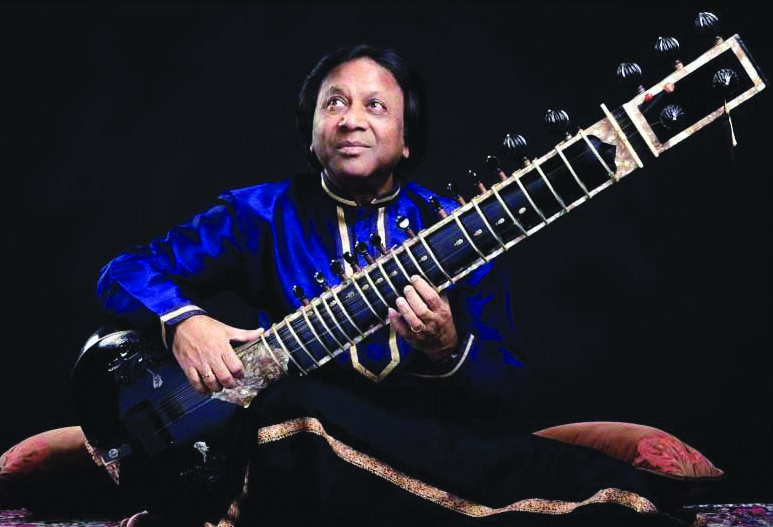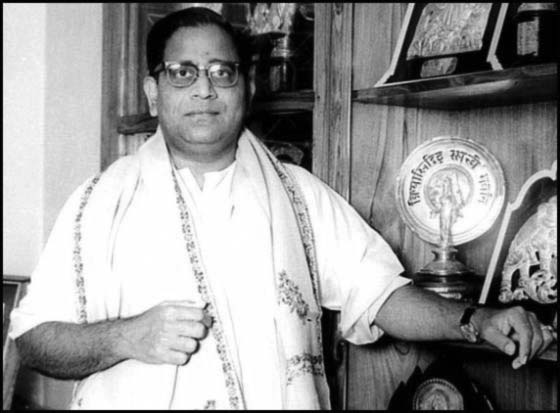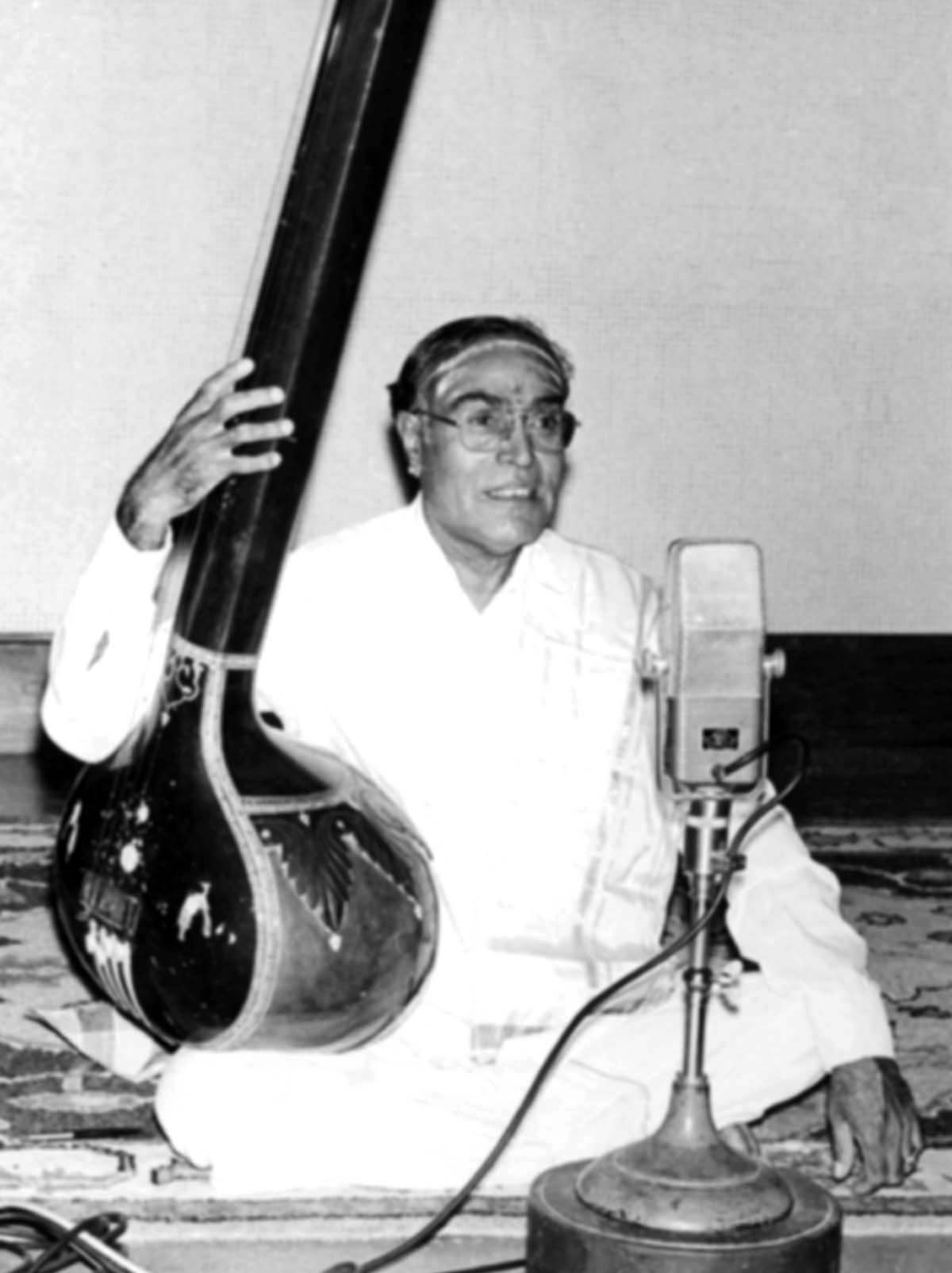Though he belongs to the premier sitar playing gharana of India, Shahid Parvez has had to claw his way to the top of his profession. His father and guru Aziz Khan (son of Wahid Khan, and grandson of Imdad Khan) had left the tradition of performing on stage, and instead composed for Bollywood music. When Shahid started performing on stage in the 1970s, the world of classical music was dominated by superb sitariyas of his gharana—Vilayat Khan (Shahid’s uncle), Imrat Khan (another uncle), and Rais Khan (cousin). He had to slowly find his way, evolve a style that did not copy these greats, but which still retained the essential ‘baaj’ (style) of the gharana. In a period of about twenty years, he proved his talent and is today among the foremost sitar players of our times. He is also a prolific teacher with his own sitar academy in the US and in Pune; his son and musical heir Shakir is emerging as a prominent sitar player in his generation. Some criticise Shahid Parvez for the simplistic style of playing he has popularised, his constricted raga renderings, but none can deny his mastery over his instrument and popularity worldwide. It was a pleasure chatting with the maestro; letting him unravel his memories in his way, moving from one subject to another. Though a laconic person, Shahid Parvez has the ability to explain his point in similes which make for an interesting read.
Having known Dr. S. Sunder for a few years now, I have always wondered how a 24-hour day is enough to accomplish everything he sets out to do. A passionate musician, a beloved guru, and a dedicated doctor, he has transformed the lives of several physically challenged individuals through rehabilitation and physical medicine. Music happened first, he says, when he was just six years old. His mother, Parvathy (a singer who is 93 today and lives with him), initiated him into Carnatic music and taught him the basic lessons. The family moved from Chennai to Mumbai when Sunder was nine, and until then, he did not start his music lessons formally with any guru. A late start, he feels, considering kids these days start formally learning music when they are much younger. When Sunder was ten he was taken to a music teacher, London Vaidyanatha Iyer, in Chembur for group lessons. At the age of 16, Sunder’s voice broke. Around that time, he came under the tutelage of Palghat Anantharama Bhagavatar (grandson of Rama Bhagavatar) for a few years which widened his repository of kritis. In 1975, during his intermediate college, he learnt from Trichy Swaminatha Iyer for two years.
To the listeners of Telugu film songs, from Vizianagaram to Vladivostok, there is only one Ghantasala. Many admired him, some loved him, and a few worshipped him as a singer-composer. It is years since he attained Gandharvaloka, but there is no day in Andhra when his voice and compositions are not heard on the radio, seen on TV and projected on screens big and small. Thousands of amateur male singers have tried to come up by imitating him. A dozen music directors of the Telugu film would have tried to reproduce the ease of melody of his songs. When he wasn’t available, producers and directors would prompt their composers to go the Master’s way, fashion a tune that is easy to hum and arrange a supportive and unobtrusive orchestra. A few of them managed to succeed, to an extent, the singers and the composers. But they could not usurp his place. Why?
B. Rajam Iyer was born in Tiruvona asterism on 13 June 1922 in Patharakudi (near Karaikudi) to Balasubramania Ayyar and Lakshmi Ammal. His ancestors were into Veda adhyayana, and he was the first person in his family to emerge in the field of Carnatic music. He was among the top-ranking scholar musicians in the Carnatic music tradition and could bring out the essence of the raga in the shortest span. He had his initial training till the age of 14 with vidwan Ganapathy Iyer (gotuvadyam and jalatarangam artist) of Kunrakudi till the latter passed away. Young Rajam became the disciple of Ariyakudi Ramanuja Iyengar from 1937 onwards. In 1947, B. Rajam Iyer took part in the Mysore Dasara celebrations along with his guru Ariyakudi. Soon after, there was a performance under the auspices of the Mylai Sangeetha Sabha in which Justice T.L. Venkatarama Iyer was in the audience. It was Venkatarama Iyer’s wish that B. Rajam should learn Muthuswami Dikshitar’s kritis from him, and after seeking Ariyakudi’s approval, he undertook the same. Some of his masterpieces include – Jambupatey in raga Yamunakalyani, Parimala Ranganatham in Hamir Kalyani, Saundararajam in Brindavana Saranga, and Pasupatiswaram in Subha Pantuvarali.
CONTENTS Vol. 29
Issue 11 November 2022
6 News & notes
14 Birthday calendar
16 Shahid Parvez
21 Dr. S. Sunder
30 Centenary tribute v The one and
only Ghantasala
32 Parvathi Ravi Ghantasala
43 News & notes (continued)
45 Bookshelf
48 Centenary tribute v Sangita
Kalanidhi B. Rajam Iyer
51 Tribute v Kunharan
Peruvannan
53 Snapshorts
54 From the Editor
Front
Cover: Dr. S. Sunder, Shahid Parvez (Photo by Avinash Pasricha)
Parvathi Ravi Ghantasala, Ghantasala
No. 458






